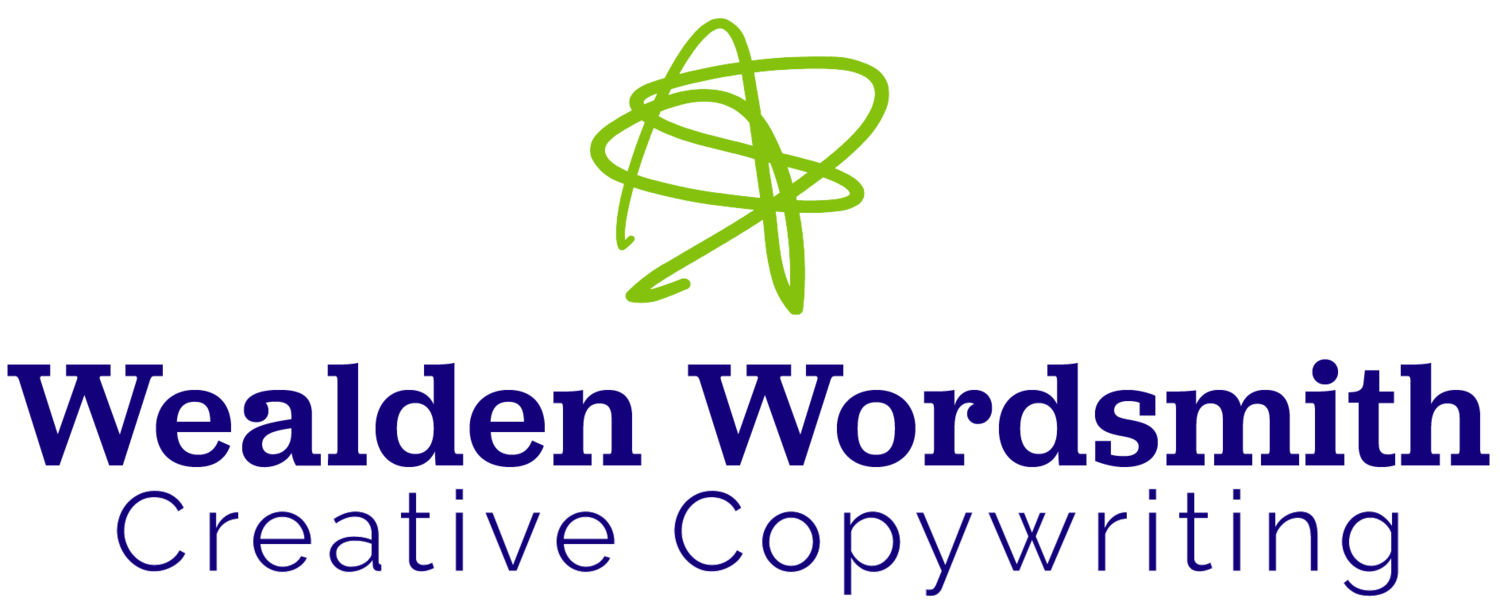Narrative Beginnings and Endings: The Untidiness of Being Human
“The White Rabbit put on his spectacles. ‘Where shall I begin, please your Majesty?’ he asked. ‘Begin at the beginning,’ the King said gravely, ‘and go on till you come to the end: then stop.'”
Lewis Carroll’s much-loved children’s novel ‘Alice's Adventures in Wonderland’ has been entertaining, intriguing and enthralling people since its publication in 1865.
The wordplay, riddles and verbal misunderstandings encourage us to question the meaning of words. Time is topsy-turvy. And logic is turned on its head. Everything about the story is subversive of the adult world and traditional children’s books of the period. Nothing can be taken for granted, especially language.
But it’s a perfectly reasonable question. Whether relating an anecdote to a friend about something exciting that happened to you, crafting a short story or writing that novel, where do we begin? And where do we end?
And even reading out a set of verses (as the White Rabbit was about to do) can generate questions about where to start and finish.
Inevitably, there’s a somewhat arbitrary quality to many narrative beginnings and endings. We’re all human, after all. There are fuzzy edges to many of our endeavours. And things rarely unfold in the neat, orderly way we might prefer.
But having a three-part narrative structure is intrinsic to the dynamics of traditional storytelling: a beginning, a middle and an end. And goes back to Aristotle.
The beginning of a story hooks the reader and sets the scene by introducing the main characters and the main conflict. The middle offers further events, development of the action and confrontation. The ending provides a climax and resolution of the main conflict.
But beginnings are often a reflection of something that happened before. The middle may take us down a variety of rabbit holes and blind alleys. Not all destined to lead us to the door marked ‘exit’. And an ending may only be a stepping-stone to the next chapter in the saga.
In reality, our lives revolve around multiple contradictions, uncertainties and ambiguities. They ebb and flow. But through it all we engage with the world, we learn, and we grow. And try to tell our stories in ways that make them intelligible to our listeners or readers. For they are the dominant sound of our lives.
Of course, if you want to shake things up a bit, you could always take a leaf out of Jean-Luc Godard’s book. The influential French New Wave filmmaker once noted: “A story should have a beginning, a middle and an end, but not necessarily in that order.”
It’s really up to you…
Photo by Liana Mikah on Unsplash

